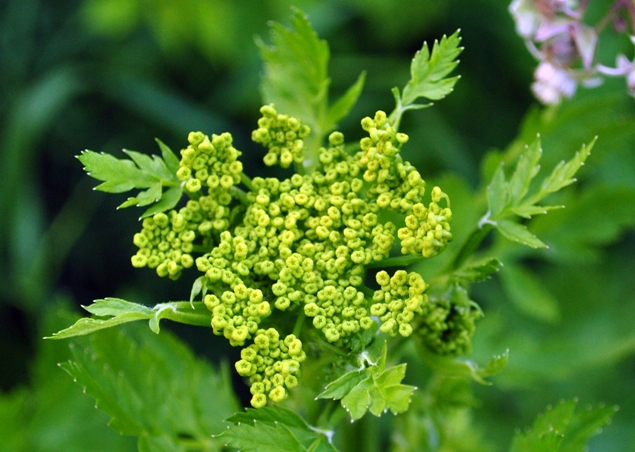This webpage wouldn’t be possible without valuable information from..
Apiaceae, 2001-2002.
Averill, K.M., DiTommaso, A. 2007. Wild Parsnip (Pastinaca sativa): A Troublesome Species of Increasing Concern. Weed Technology. Vol. 21 (1), 279-287.
Berenbaum, M.R., DeLucia, E.H., Nitao, J.K., Zangerl, A.R. 2003. Fathers, Fruits, and Photosynthesis: Pollen Donor Effects on Fruit Photosynthesis in Wild Parsnip. Ecology Letters. Vol. 6 (11), 966-970.
Berenbaum, M.R., Zangerl, A.R. 2005. Increase in Toxicity of an Invasive Weed after Reassociation with its Coevolved Herbivore. Proceedings of the National Academy of Sciences of the United States of America. Vol. 102 (43), 15529-15532.
Berenbaum, M.R., Zangerl, A.R. 2003. Phenotype Matching in Wild Parsnip and Parsnip Webworms: Causes and Consequences. Evolution. Vol. 57 (4), 806-815.
Chang, R., Jackson, A., Patel, S., Sorensen, P., Wu, Y. 2000.
Introduction to the Apiales: Carrot-Kin. <URL:
Encyclopedia of Life: Pastinaca sativa. 2012. <URL:
Renz, M.J. ND. Wild Parsnip Identification and Management.
Controlling Biennials and Monocarpic Species: IPAW Invasive Plants
of Grasslands Conference.
Robertson, J. ND. Pastinaca sativa, parsnip.
Schaefer, K. 2007. Weed Watch: Wild Parsnip and
the Poison Hemlock. Integrated Crop Management. <URL:
http://www.ipm.iastate.edu/ipm/icm/2007/7-9/poison.html>.
Accessed 10 April 2013.
USDA, NRCS. 2013. The PLANTS Database <URL: http://plants.usda.gov>. National Plant Data Team, Greensboro, NC 27401-4901 USA.
USDA Forest Service. 28, Aug. 2006. Weed of the Week: Wild Parsnip (Pastinaca sativa L.), <URL: http://www.na.fs.fed.us/fhp/invasive_plants>.
.
